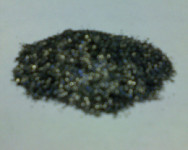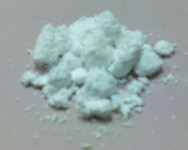Graphite, FEP, and PTFE are three commonly used components which are categorized separately in this module.

Graphite
- One of the two crystalline forms of the element carbon (The other is diamond); man-made carbon, graphite, and diamonds also exist
- One of the most stable and chemically-resistant materials in the world
- Does not melt, but sublimes; changes from the solid to gas state, bypassing the liquid state, at temperatures over 5400°F (2980°C), or, in the presence of oxygen oxidation, above 850°F (450°C)
- Excellent conductor of heat and electricity
- Readily available in various forms; moderately priced to very expensive

Polytetrafluoroethylene (PTFE)
- Man-made thermoplastic introduced in the late 1940s or early 1950s
- Extremely good chemical inertness and resistance to a wide range of fluids; only a few, very rare fluids will attack it
- Withstands a wide temperature range, from -450°F (-268°C) to 500°F (260°C)
- A very low static coefficient of friction; very slippery
- Poor heat conductor; good heat insulator
- High coefficient of thermal expansion; swells significantly under heat
- Flows (creeps) under relatively low loads, even at room temperature (usually stated as “cold flow”)
- Can be readily blended with other materials to improve its features and performance characteristics
- Readily available at moderately high prices

FEP
Fluorinated Ethylene Propylene
- Similar chemical resistance to that of PTFE
- In terms of Garlock® products, predominately used as the liner material in GUARDIAN® Expansion Joints
- Temperature limit: 450°F (232°C)

